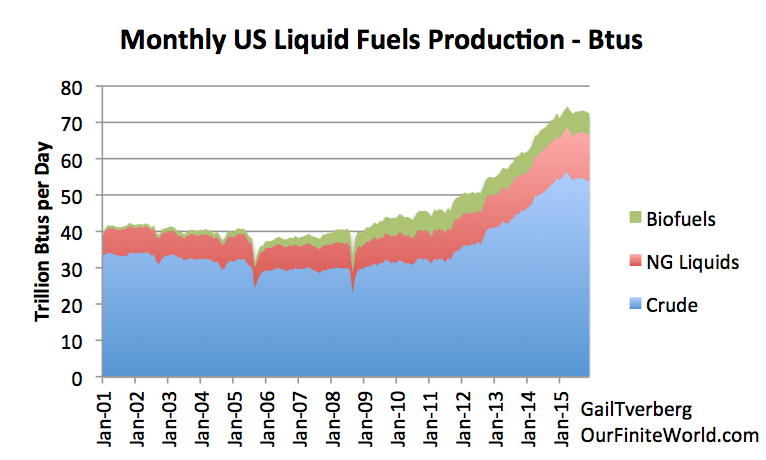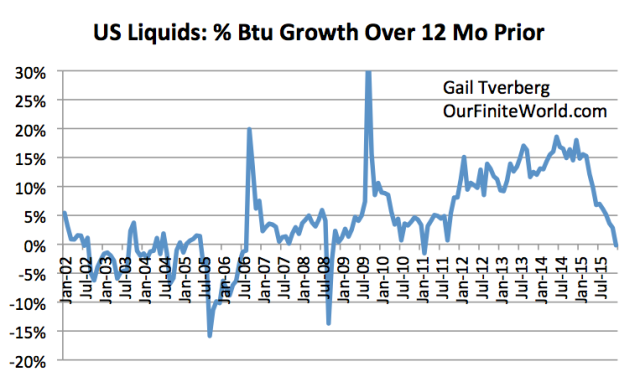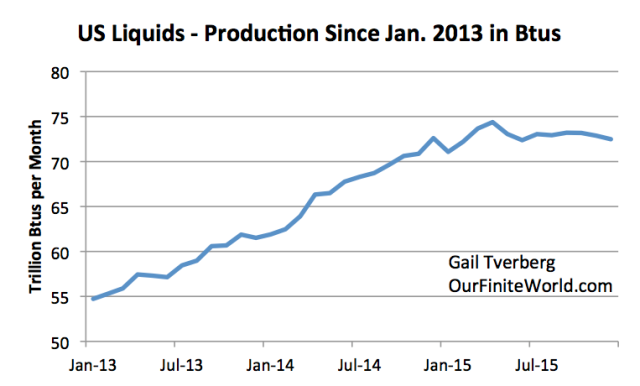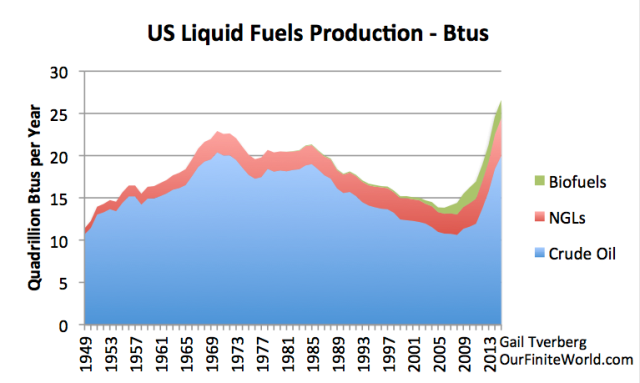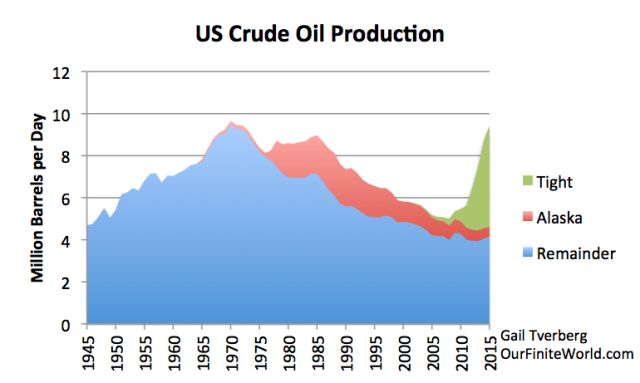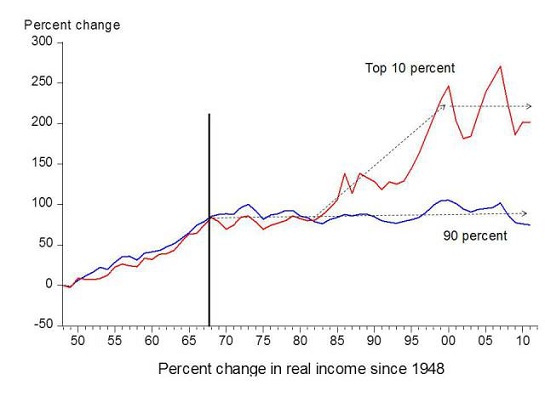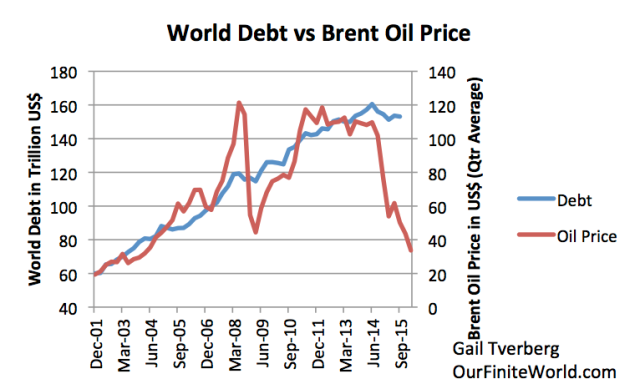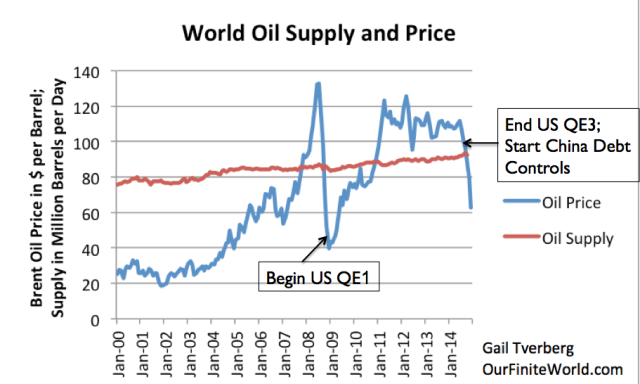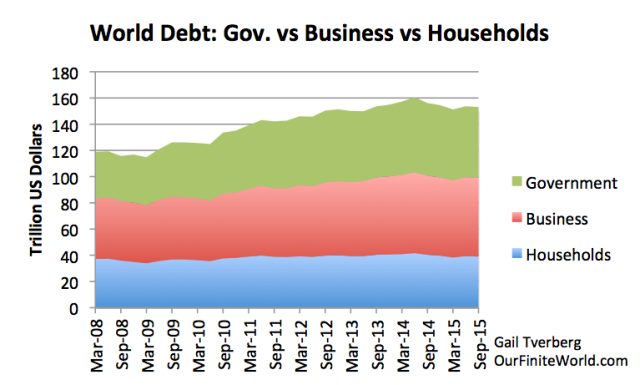B. M. Hegde

This white, powdery, odourless and waxy substance does not even have any taste, but causes so much trouble for almost all those who have the habit of reading today's health magazines. It does not cause so much havoc for human health as it does to human happiness, as no literate man, woman or child escapes its horrors in print and electronic media. The headlines scream: "Cholesterol is one of the three controllable risks for heart attacks"-"You could be the next person to get the heart attack"-"Heart attacks are the biggest widow makers" etc. In addition, the Task Force on cholesterol screening divides human levels as desirable, borderline high and high. Who can escape the mental torture of all this propaganda?
Where is the truth? Truth always is the casualty when money business gets into any field, medicine not excluded. The business of cholesterol research and the cholesterol lowering drugs runs into billions of dollars. As Professor Pickering wrote years ago about the business of anti-hypertensive drugs, more people make a living off cholesterol than dying of it. Some of the researchers have built their empires on this substance. They are the same people who sit in committees of research, or the watch dog bodies overseeing research and also in the advisory panels (pay roll) of big drug companies. They are the ones who make the rules for screening, testing, research grant giving and also drug advice to patients and their doctors. This is a close knit circle of fellow travellers!
There are a few who see through their game but do not have the money, time and also the academic support to pursue their intuition further into the complicated research web that the vested interests have woven around them to protect themselves with that magic word "science". Occasional ones who dare to take them head on are being frustrated. In their heartland, the USA, a layman declared war on the establishment by publishing a direct assault on the academia in the national press ten years ago. He was Thomas Moore.1 Interestingly a practising cardiologist, Randall Marsh, from Greeley in Colorado wrote to support Moore's contentions ten years later.2 I wonder how many of you have read my repeated assaults on the cholesterol myth in many of my writings, books and innumerable medical talks to the establishment, long before Moore, both in India and abroad. Most of the readers take me to be a "therapeutic nihilist" or a cynic. Drug companies have an eye on me.3
The fundamental economics of all this boils down to the fact that anti-hypertensive and anti-cholesterol drugs are the two classes of drugs that the hapless victims have to take for the rest of their lives, a good business proposition for the drug manufacturers. Rest of the drugs are used to treat symptoms of diseases and they are used for a short time and when the symptoms disappear they are no longer used. So the companies bend over backwards to sell the former two classes of drugs. The latest craze in America is in the vitamin market. They are also to be taken life long from childhood to the time of death. Most of the companies are in this business. Every house has a large stock of all kinds of vitamins, although studies have shown that these do not do much good compared to extra intake of fruits and vegetables. The latter have many other hidden anti-oxidants in them comapred to the known A,C, and E vitamins sold in the pills.
In fact, I am only worrying about the millions of people who fall a prey to the blatant misuse of the academic machinery that pours fourth half truths, falsehoods and fearful misrepresentation of the truth in this field. May be they believe in the old saying that a lie repeated thousand times could be passed off as truth. "Truth could influence only half a score of men in a century while falsehoods and mystery will drag millions by the nose", said Aristotle centuries ago. Having met with Marsh recently and having studied Thomas Moore carefully, I think time has come for me to update the readers in this field.
In fact, I am only worrying about the millions of people who fall a prey to the blatant misuse of the academic machinery that pours fourth half truths, falsehoods and fearful misrepresentation of the truth in this field. May be they believe in the old saying that a lie repeated thousand times could be passed off as truth. "Truth could influence only half a score of men in a century while falsehoods and mystery will drag millions by the nose", said Aristotle centuries ago. Having met with Marsh recently and having studied Thomas Moore carefully, I think time has come for me to update the readers in this field.
Cholesterol is found in all foods of animal origin. There is no cholesterol in anything vegetarian. It is an integral part of the animal cell wall. If one remembers that millions of cells die everyday in the human body to be replaced by new ones, one would quickly realize the importance and need for cholesterol for man. Various hormones in the body are manufactured from cholesterol. Even if one does not eat cholesterol at all, human liver could make enough for the body's needs. 90% of the total cholesterol is made inside our liver and only 10% of it comes from the diet. Since cholesterol does not dissolve in water its transport inside the body needs a vehicle. The latter is usually the protein package-the lipoprotein. Cholesterol is found in all major lipoproteins, the Low Density Lipoprotein (LDL) and the High Density Lipoprotein (HDL). Usual range of normal cholesterol has been, since my college days, between 150-250 mg per deciliter. Recently the American bosses of cholesterol research thought it fit to change this time honoured normal range by declaring three levels for humans thus:4
less than 200 mg/dl.................DESIRABLE.
200-239 mg/dl.........................BORDERLINE-HIGH.
More than 240 mg/dl...............HIGH.
200-239 mg/dl.........................BORDERLINE-HIGH.
More than 240 mg/dl...............HIGH.
The story behind this is intriguing. My hunch is that there are at least 50-60 million Americans in the normal range of 200-250 mg, who by the above classification are not only frightened out of their wits, but come under the net for life long anti-cholesterol drug therapy. With the present drugs being sold at such phenomenal prices the catch would not be less than 10 billion dollars per year for the drug companies. Apart from this there does not seem to be any other valid reason in the medical literature to support this new found wisdom on the part of the cholesterol pundits!
Americans are tormented by reports that swear that if only every one of them either ate very low fat diet or took the wonder drugs to lower their cholesterol levels they would survive for all times. If not 30% of the two million deaths in America per year due to heart attacks would eat them up as well. The pamphlets tell them "THE ARTERIES BECOME NARROWER AND NARROWER, MUCH AS OLD WATER PIPES BUILD UP SCALY MINERAL DEPOSITS".
This analogy also helps another money spinner of coronary revascularisation. Lay people think that blocked coronaries are like blocked toilet pipes to be bypassed. Never do they realize that the body has its own wisdom to compensate for those long standing blocks, many of which start in early childhood, by providing collateral vessels and also remodeling the blocked vessels.
This analogy also helps another money spinner of coronary revascularisation. Lay people think that blocked coronaries are like blocked toilet pipes to be bypassed. Never do they realize that the body has its own wisdom to compensate for those long standing blocks, many of which start in early childhood, by providing collateral vessels and also remodeling the blocked vessels.
The blood supply to the heart muscle does not as much depend on the blocked four large coronaries on the surface of the heart that your doctor shows you on the x-ray(angiogram) as it does on the capacity of the millions of small vessels going directly into the muscle of the heart having a wide capacity to dilate excessively in case of reducewd supply from the larger vessels. This Flow Fraction Ration (FFR) is called CORONARY RESERVE, the latter could vary from one to another, the large surface vessel patency notwithstanding!
It is not the science of medicine that is bad but it is the "scientist" that twists the facts to suit his convenience that is bad and is the pain in the neck. Thomas Moore was bold enough to take them head on. Years later he was joined by the American College of Physicians (ACP) who had their own guidelines-much more saner than the horrendous guidelines of the Task Force- the Force put together to fight the cholesterol war-may be against the gullible public!5 The ACP guideline tried to correct the mistake done by the task force, but was severely criticized by the latter in no uncertain terms. If an equally qualified body like the ACP could come forward to rubbish the earlier guidelines on their own turf without much success, lesser mortals like me and Mr. Moore have very little hope of succeeding in our uphill task. But fight we must for the truth to come out. Here are the facts for all to see.
In the late eighty's a thinking American cardiologist, and a respected one at that, wrote an article in the American College of Cardiology Journal warning his colleagues about the fallibility of the task force guidelines. He said " if one were to very strictly follow the guidelines and eat no fat at all or take drugs to lower his cholesterol all his life, one could hope to live only for three days to three months extra on this planet!" Another great British expert on cholesterol, and a most respected one at that, Sir Michael Oliver, was so upset about the task force misrepresenting the Transatlantic Consensus Conference Data, wherein he was an important invited member, wrote an editorial in The Lancet, after coming back from the USA, entitled "Consensus or Non-senses Conference."
Let us look at the genesis of this myth.
“Lowering your cholesterol is next to impossible with diet, and often dangerous with drugs-and it won’t make you live any longer” said Thomas Moore in his article in the September 1989 issue of The Atlantic.
One morning in early October 1987 The US Health Department made a significant announcement that 25% of the US adult population had a very dangerous condition that has no symptoms, needing urgent medical treatment. Since there were no symptoms there is need to screen the whole population to identify those in danger. One in four adults would be on drugs for the rest of their lives. This was called the National Cholesterol Education programme.
At this stage no unequivocal evidence existed in science that lowering cholesterol would save lives! The National Heart, Lung, and Blood Institute must have spent about $ 300 million to get to this inconclusive stage of research. The total human subjects involved in research was a staggering 3,61,622 men and 60% of the Institute’s budget! At that point in time the only drug available was potentially dangerous and had no track record at all (Cholestyramine). In addition, the testing laboratories, even controlled by research bodies, could not deliver identical cholesterol reports, not to speak of the thousands of laboratories in the periphery.
“Nation’s clinical laboratories performance was so poor that millions of normal people were labelled high cholesterol victims.” wrote Moore.
This drama began in 1951 when Pentagon dispatched a team of pathologists to Korean war zone to study the autopsies of the young soldiers who were killed in the war. A large percentage of them had blocks of the coronary vessels at the young age of 22 years. This report by Major William F. Enos and Lieutenant Colonel Robert H. Holmes was the beginning of this sordid cholesterol drama. In Europe it had started after the second world war. 77% of the Korean war victims at the tender age of 20 had severe coronary artery blocks, which by today’s x-ray standards,would have warranted coronary artery bypass surgery. They were all very fit to be in the American army though and were unfortunately killed by the bullet!
Another drama was unfolding in yet another set up. Epidemiology has served medical science very well in detecting the cause of epidemics of infectious diseases. Cholera in London, typhoid Mary and many other examples could be given here. The same epidemiology applied to chronic degenerative diseases tells nothing about whether a particular person gets a particular disease; but it may identify groups of men at risk. However this was overlooked in all epidemiological diseases and today epidemiologists at times cause epidemics!
Such a scenario started in a remote small town of Framingham in Massachusetts way back in 1948.The Framingham experiments now being quoted everywhere in the world, “built a detailed portrait of coronary artery disease” from a very small sample of just 5,127 adults, of whom 404 died of heart attacks over a period of twenty-four years! There were so many loopholes that even the medical profession is not aware of. Many of the people did not come for regular check ups, the laboratory reports were not controllable over such a long period of time, while major changes took place in the laboratory technics themselves, so that their uniformity was lost completely. Although it was a sound study, its limitations in projecting it on to the world population are phenomenal, to say the least. While tidy mathematical charts and graphs using linear mathematics tell the tale of Framingham for lectures, lot of medical guess work went into the final conclusions.6, 7
A series of risk factors emerged out of this study, almost all of which have been shown to have no predictability for the future even for groups, leave alone individuals. Two of the major risk factors could never be changed- male sex and old age! So the war against all the minor and relative risk factors began from then on; one of them being the ghost of cholesterol which haunts every one even to this day, based on a study whose scientific validity is open to question. Advertisements, newspaper articles, books, and television talk shows kept up the tempo all over the world.
Life depends on cholesterol. All the life giving substances are derived from that chemical and that is why it is found in abundance in a hen’s egg. While it is true that all studies showed a direct relationship between rising cholesterol and heart attacks they also showed that extensive and fatal heart attacks could occur even in those with low cholesterol.
Be that as it may, the variations from laboratory to laboratory, even in the small group of research laboratories of the Task Force, were significant. The time of the day, the way blood is collected, whether taken sitting or supine, how long after collection was the analysis done, and even using diluants in blood, the diet that the patient was on just before taking blood and, of course, the laboratory which does the testing, could all change the results by as much as 10-18%. That, in itself, would make a man go from low to dangerously high levels, creating anxiety strong enough to provoke a heart attack!
The above statement does not take into consideration the quality of laboratories in the far flung areas of the world. Dr. D.M.Hegsted, of Harvard University, showed that a variation of 5-9% in serum cholesterol levels even in hospitalized patients, on uniform diet, was not unusual! The sub-fraction measurement of HDL and LDL was of no significance for use in clinical setting as shown by a group of researchers in Stanford where they found that 39% of the laboratories tested showed an error rate of 31%.
Then started the saga of lowering elevated cholesterol in the population. First attempts were by diet control. Very soon studies done even by the Framingham study group concluded: “There is, in short, no suggestion of any relation between diet and the subsequent development of coronary disease in the study group.” We have many other studies subsequently giving varied conclusions. Even the “Heat-Diet Pilot” of 1971 did not achieve significant success.
Then started the intervention trials with drugs. To sum up, all of them while showing a fall in fatal and non-fatal heart attacks in those whose cholesterol levels were significantly lowered by drugs, also showed a higher total death in the treated cohorts. The largest and the most expensive of them was the MRFIT study which cost $ 115 million and involved 250 researchers. The following facts emerged.8
* Behaviour of large groups of people could be changed.
* Drastic changes that the participants were made to make in their diets did not have any effect on the levels of cholesterol in their blood.
* No significant difference in deaths could be found in the treated group and the control after nine years of follow up as on 28th February 1982.
* In fact, slightly more deaths occurred in the treated group!
* In the control group deaths from heart attacks were 40% lower than expected in the beginning, showing how fallacious future predictions in linear mathematics could be. Doctors have been predicting the unpredictable.
At this point in time there was no scientific validity for all the advice given to patients. More studies followed. Another mile stone and expensive study was the Coronary Primary Prevention Trial (CPPT). It screened 4,80,000 middle aged men to select 3,810 subjects for this study over a period of three years.
Cholestyramine was the drug used in this study, but even the placebo used did have side effects. The drug, of course, had significant side effects. In Europe clofibrate was being used at the same time for the first large study, The Newcastle Edinburgh Study. CPPT and the MRFIT together cost the NIH a total of $ 494 million dollars! The CPPT trial did not show any significant benefit in the treatment group compared to the control group at 99% or even at 95% significant levels. Instead of admitting that, the researchers went in for a less exacting “one-tailed” test to compare the groups and came up with the startling statement that “ the study leaves little doubt about the benefit of cholestyramine therapy.” 9
Although there were dissenting voices at that stage, the Heart Institute went ahead and bulldozed the population with the National Cholesterol Education Programme. The American Medical Association and many drug companies assisted the Heart Institute’s efforts. While we believe that lowering one’s cholesterol is good there are disquieting reports that lowered cholesterol levels could be associated with cancer.10 While there is a possibility that it could be due to the original cancer itself, studies have shown low cholesterol levels in those who developed cancer even after 5-7 years. Japanese studies have also shown a higher rate of stroke in people with very low cholesterol levels.
Many powerful drugs have come on the scene since then, but almost all of them showed a higher total death at the end of the day in treated groups compared to the controls.11,12,13 The latest are the statins. They have not been there for long enough to be really tested like their predecessors. Among the cholesterol-synthesis inhibitors like lovastatin, were triparanol and compactin. The first was withdrawn hastily because it produced severe side effects like rapid cataracts, severe skin rashes and heavy loss of hair. Compactin was also withdrawn under a veil of secrecy, but thought to have given rise to high cancer rate in dogs. Europe had by then gone ahead with another drug Gemfibrozil with the same results- good effect on the cholesterol levels in the laboratory reports but slightly higher death rate in the treated group!
The original screenees of the MRFIT study have been followed up, all 3,61,662 of them by a group led by Jeremiah Stamler at the Northwestern University, 70 times larger than the Framingham data and people coming from eighteen US cities. Although the data here are not reliable as it depended on death certificates it did show that the hazards of high cholesterol are, if anything, only modest. The study, however, put out one statement which is being used and reused by all and sundry all over the world. The statement goes thus: “Each one per cent reduction in cholesterol will lead to two percent reduction in death due to coronary disease.” The truth is that this result was never seen in this study. What was observed was: “For each one percent increase in cholesterol level the risk of coronary disease could go up by two percent.” 1 The difference in these two statements is like the difference between lightening and the lightening bug!
Much water has flown under the bridge since these studies and there have been many more small big and medium studies carried out in many other parts of the world, but even today the wisdom of the medical profession could be summed up in the words of Eliot Corday in his article in the Journal of the American College of Cardiology in 1989.
* Cholesterol should be checked only if there are sound clinical indications.
* A mixed diet low in calories and saturated fat should be recommended along with some physical exercise.
* It is irresponsible to force public into a costly cholesterol reducing programme without firm scientific evidence.
To that I add mine:14
To that I add mine:14
* Do not rely on one reading of the fat profile, check at least five to six times from different laboratories, if the original result was high.
* Indian vegetarian diet without much fried foods and other saturated fats and low salt is the ideal one for most people.
* Avoiding alcohol and tobacco is as important if not more important than worrying about cholesterol.
* Recent studies show the mind and its effects on the heart as more important risk factors than all the above mentioned ones. Keep your mind at peace. Hostility and depression are real culprits for heart attacks.
* Future prediction, using linear mathematics, as we do now in medicine is only a part time job, as the rest of the time you will have to try and keep your foot out of your mouth.
* Epidemiology does not tell us who in society would get any disease, as time evolves.
